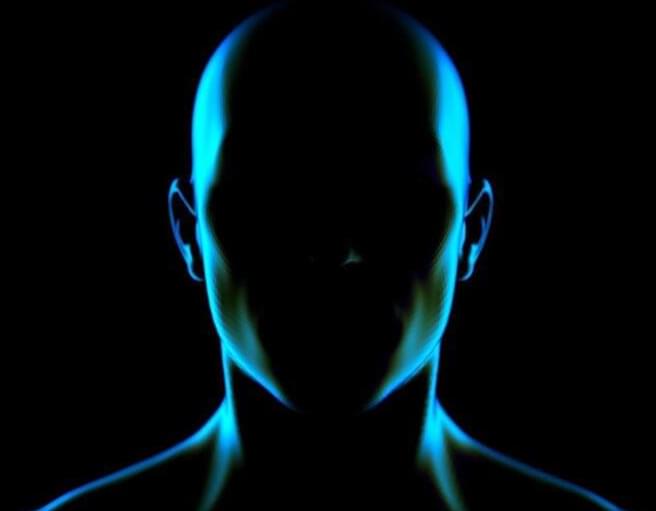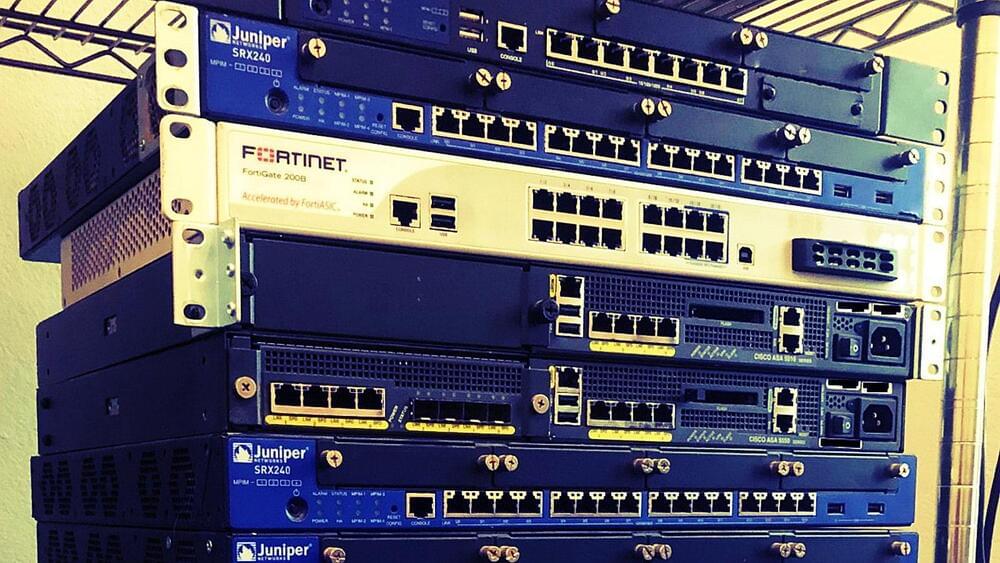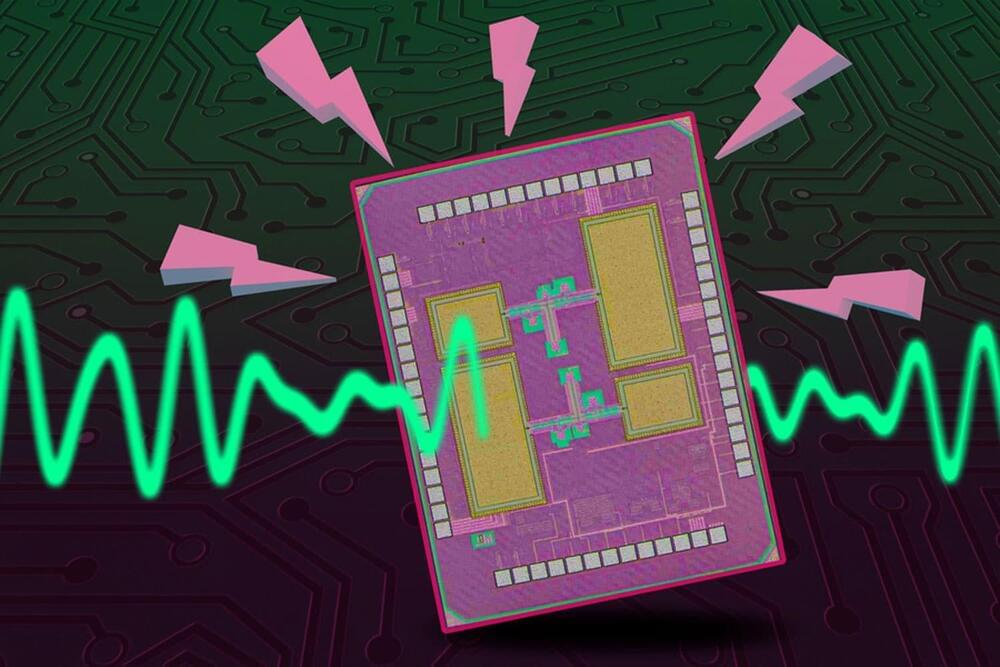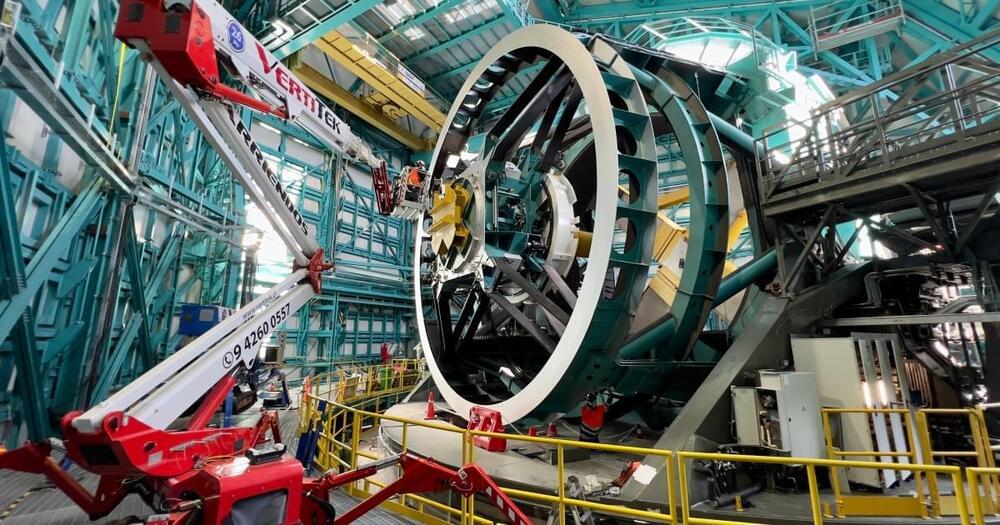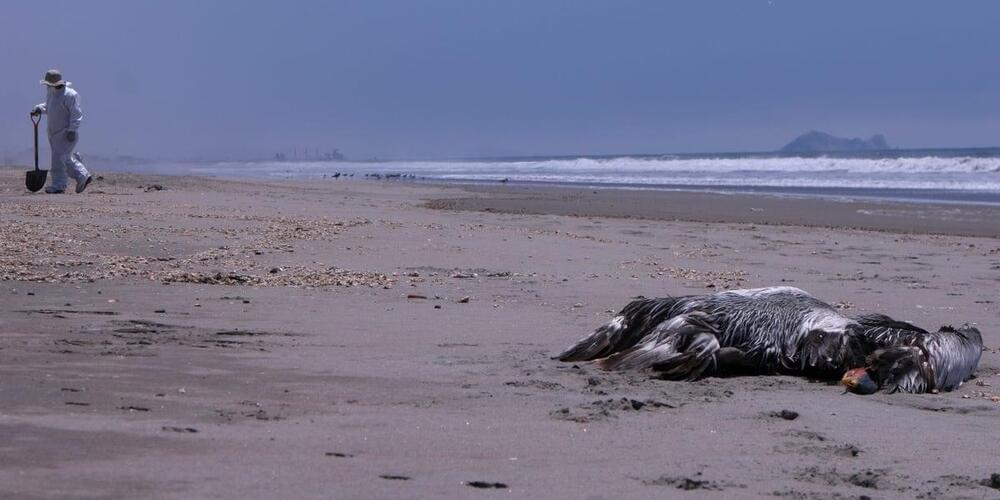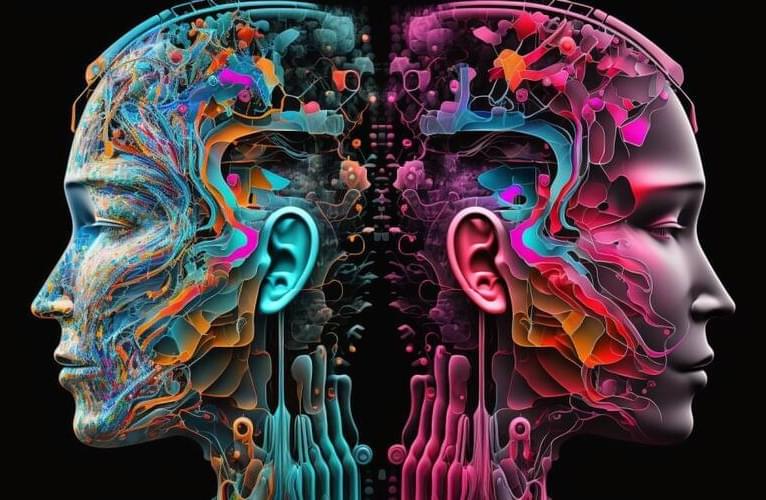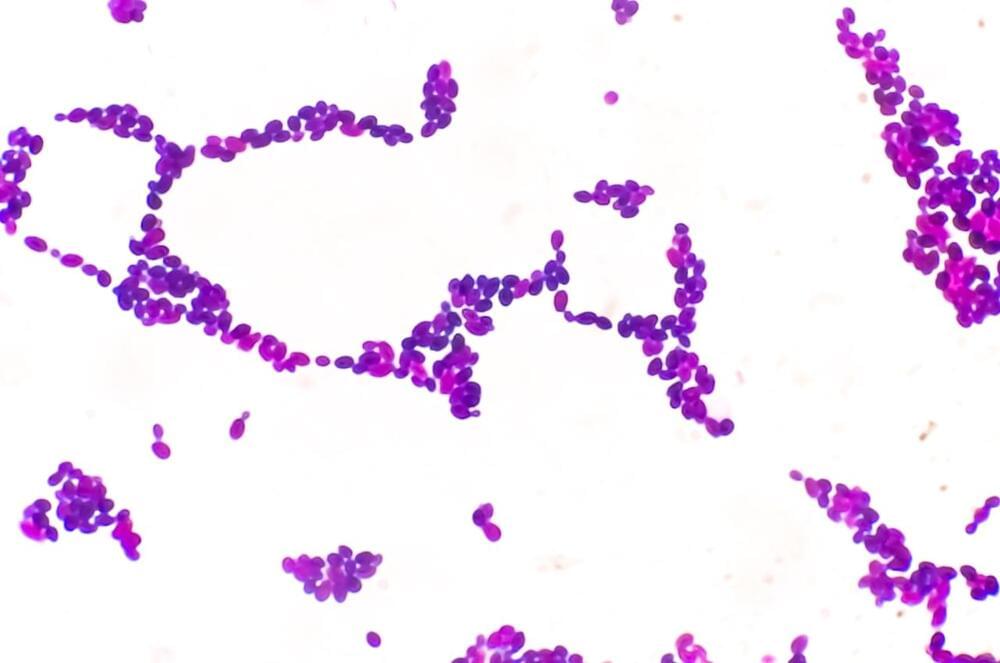Join top executives in San Francisco on July 11–12, to hear how leaders are integrating and optimizing AI investments for success. Learn More
Since its launch in November 2022, ChatGPT, an artificial intelligence (AI) chatbot, has been causing quite a stir because of the software’s surprisingly human and accurate responses.
The auto-generative system reached a record-breaking 100 million monthly active users only two months after launching. However, while its popularity continues to grow, the current discussion within the cybersecurity industry is whether this type of technology will aid in making the internet safer or play right into the hands of those trying to cause chaos.
